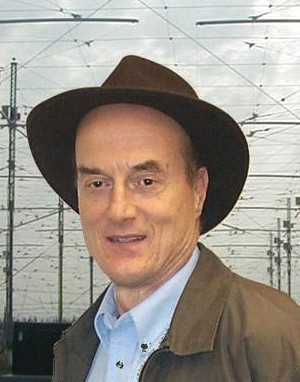Science for Alaska lecture series: Detecting space-debris bullets

Paul A. Bernhardt
The UAF Geophysical Institute presents the 31st annual Science for Alaska lecture series and events.
The Geophysical Institute will host free public talks at 7 p.m. on Tuesdays about tracking space debris, fostering education using the outdoors, new techniques for understanding aurora, the 1964 Great Alaska Earthquake, and climate change and its effects on Alaska’s wildlife. The talks will be held live at the Schaible Auditorium, 323 Tanana Loop at UAF. To join virtually, register to watch on Zoom (session closed) or join live from the UAF or Geophysical Institute Facebook pages.
On Tuesday, Feb. 7, Paul A. Bernhardt will present Detecting Space-Debris Bullets.
NASA tracks over 27,000 pieces of space debris in low Earth orbit, but there are millions more pieces of space junk too small to track which travel at speeds up to 15,000 miles per hour.
The impact of even a tiny piece of orbital debris with a spacecraft, also traveling at the same high speed, could create significant problems.
Satellites in low Earth orbit, 300 to 500 miles above the planet, are also at risk. That’s a potential problem for Alaskans and others living at high latitudes because Starlink and other multi-satellite constellations are proposed for remote internet links to those regions.
Now, for the first time, scientists from the University of Alaska and the University of Calgary have devised a new technique for identifying the location of space junk by measuring the electric fields that surround them while in motion.
For more information visit www.gi.alaska.edu/scienceforalaska or the @UAF.GI Facebook event page, or call 907-474-7787.
Talks are free and for the public. All ages are encouraged to attend.


